the simulation works just fine... What problems am I going to
encounter if I try this in real life?
Your simulation doesn't use real-world components, so it's only 'working' by pure luck.
The most obvious problem is no pull-down resistors on the FET Gates to turn them on. I guess some small leakage through the diodes performs this function in the simulation, but that would cause the FETs to turn on very slowly. Response to load current changes would be poor.
Next issue is the voltage sources are actually outputs from your regulators, which can only sink a few microamps. The reverse current through the 0.1 Ω sense resistor will only be about 32 μA, creating a voltage drop of ~3.2 μV. Depending on the offset voltage of each individual comparator, it may not turn the FET off at all (harmless in this case, but makes the 'ideal diode ' part of the circuit somewhat redundant).
Or if the offset voltage is positive it may turn off when the load current drops below a few milliamps, reducing output voltage by ~0.6 V (body diode voltage drop). This could be be good or bad depending on how much voltage the load needs for proper operation.
Dynamic stability of the circuit is unknown. Three current limiters operating in parallel with delays through the op amps and FETs may cause severe instability. Transient response of the regulators and load may exacerbate it.
Another possible problem is quiescent current draw. If you are wanting very low minimum current draw for the device then the consumption of this circuit is critical. The voltage dividers alone draw ~30 μA each, for a total of ~90 μA. The six op amps and required pull-down resistors could push minimum supply current up to well over 100 μA.



